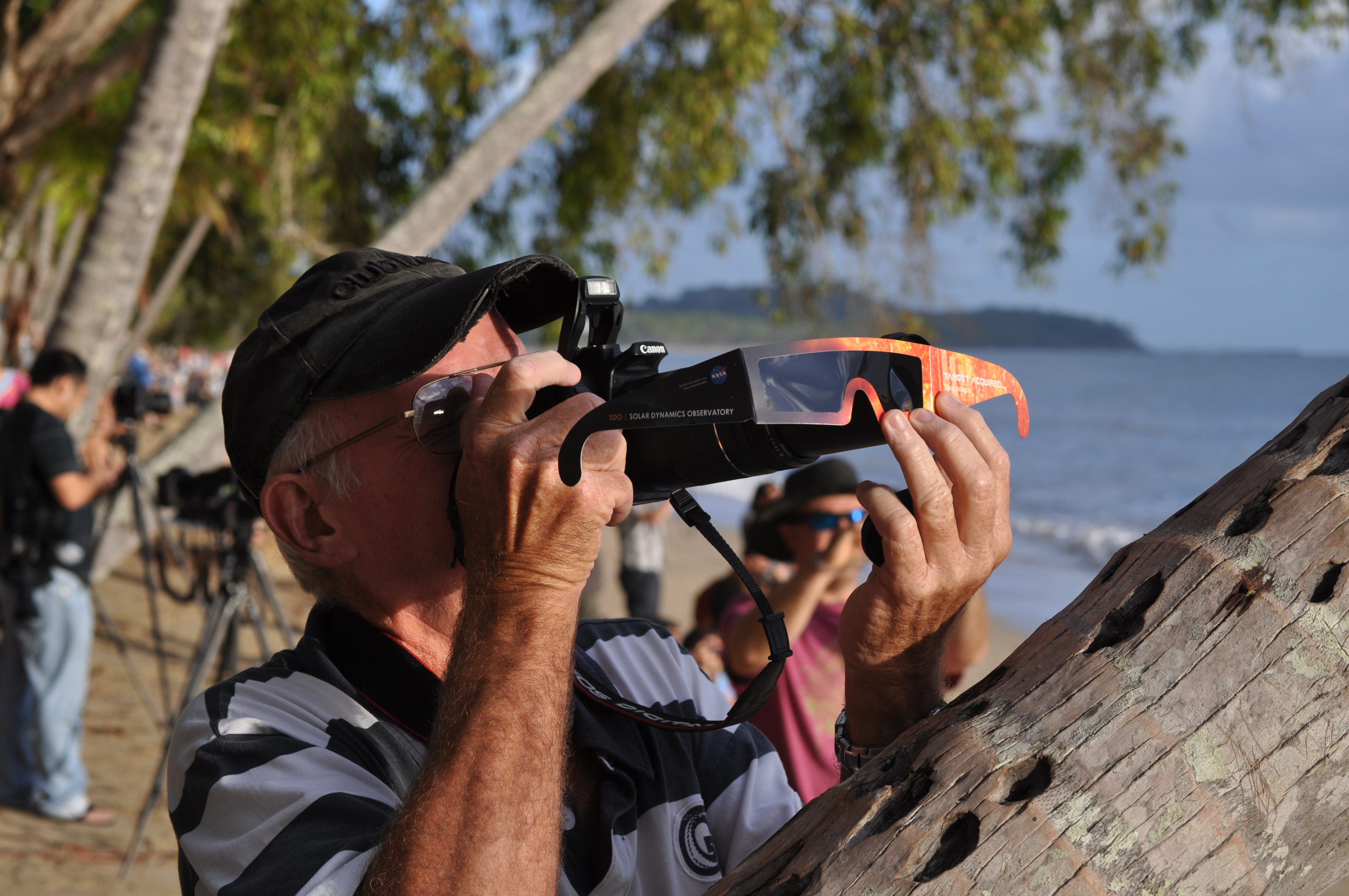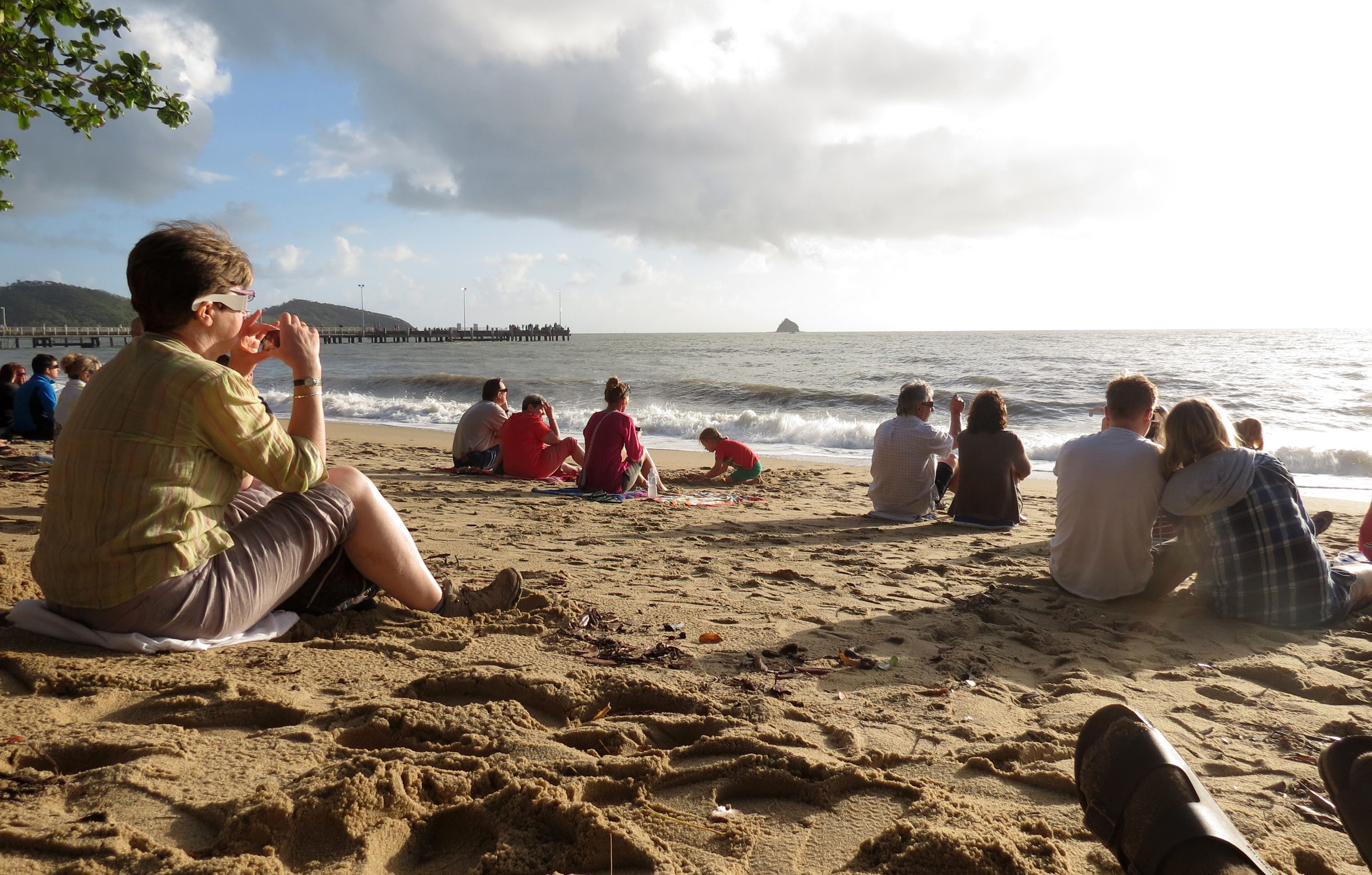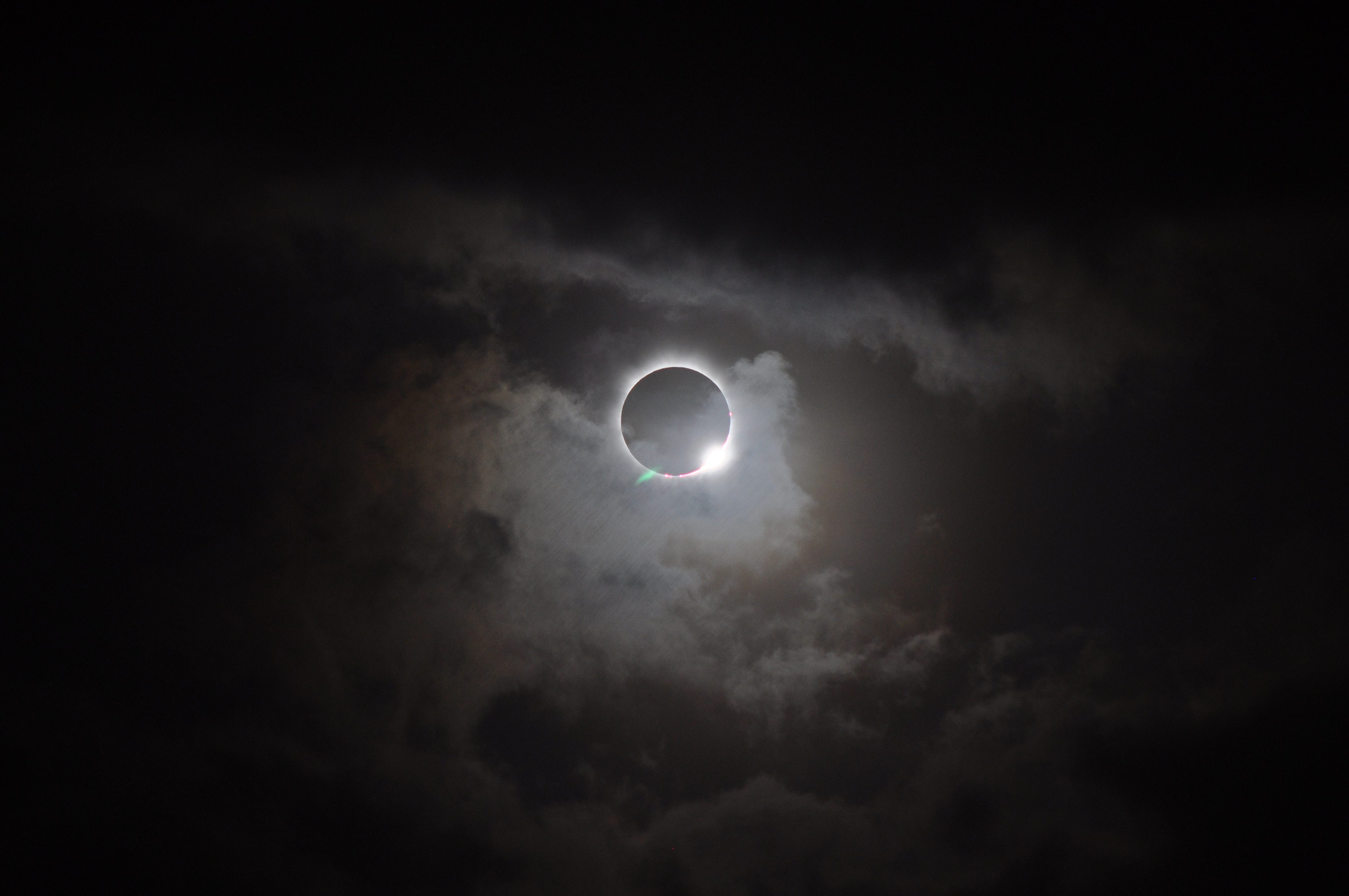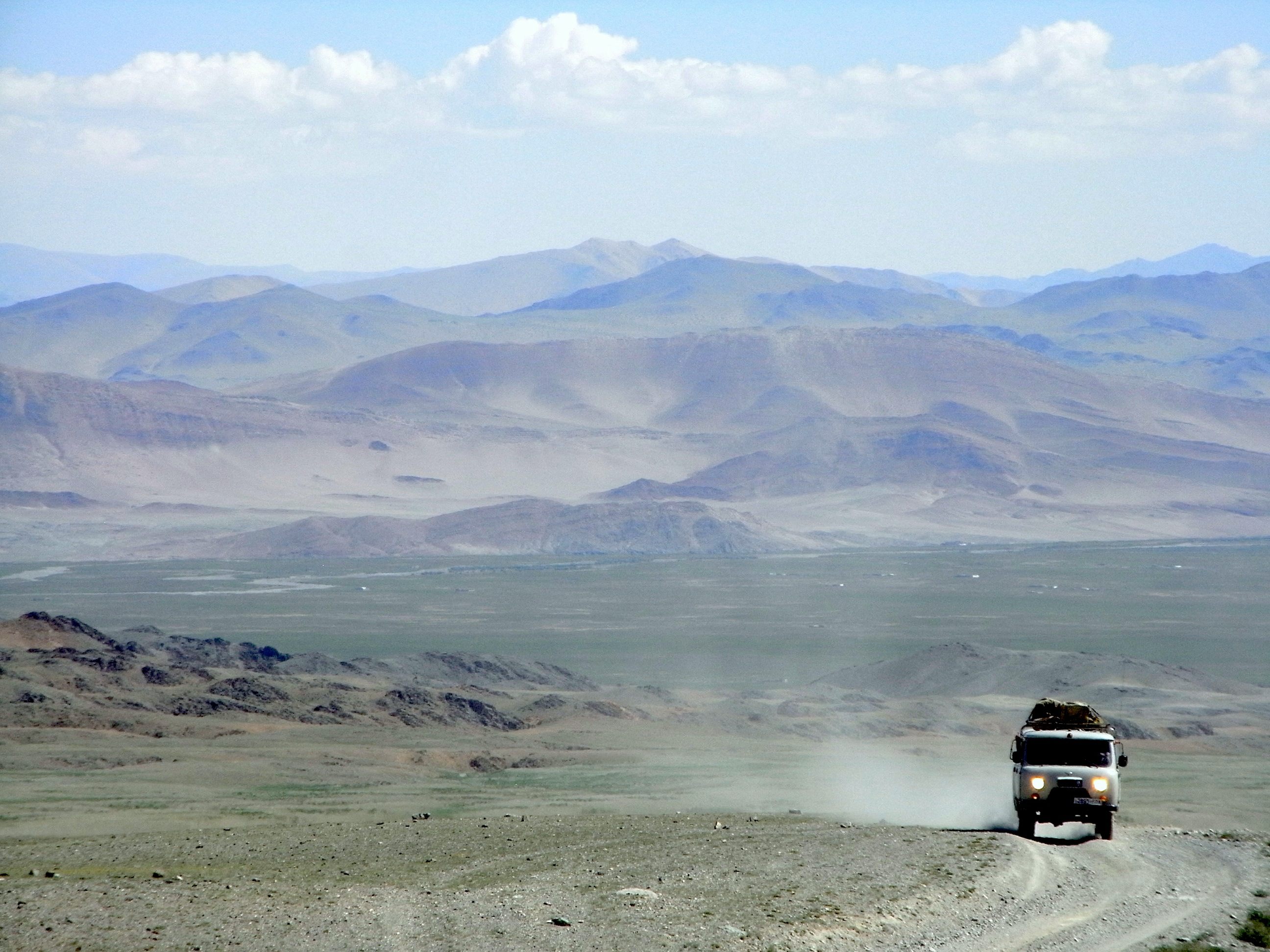Chasing Totality: A Look Into the World of Umbraphiles
One eclipse is often not enough.
Bill Kramer was a boy in 1970 when he raced outside to witness a partial solar eclipse. The act itself wasn’t out of character for a kid who was already an astronomy buff, aside from the fact he was gearing up for a swim meet and wearing only his Speedo.
But that was only the beginning of his obsession with a darkened sun. Kramer is an eclipse chaser—also known as an “umbraphile” for the Latin word “umbra” meaning “shadow.”
“I’ve seen 15 total solar eclipses and it’s easier to say I have not gone to the Antarctic and I have not been in South America, although I’ve been close,” says Kramer, in lieu of ticking off the numerous locales he has visited in pursuit of eclipses. Kramer is a freelance computer programmer who runs Eclipse-Chasers.com and organizes viewing expeditions.

Solar eclipses occur when the moon passes between the Earth and the Sun. During most solar eclipses, only part of the sun is obscured. Total solar eclipses, during which the sun is completely obscured and “totality” occurs, happen around every 18 months. And unless you live in their “path”—a thin band of around 100 miles (give or take) circling the Earth, you won’t witness totality. So eclipse chasers go to the eclipse.
As the Earth, Sun, and Moon move across the sky, so does the path. In 2009 it traipsed across Asia. In 2012, Australia. In 2017, it sliced across the United States, from Oregon to the Carolinas. But often the best place to see the path isn’t a vacation hotspot. In 2015 crowds amassed to witness totality on the remote Faroe Islands, halfway between Iceland and Norway. And sometimes the most desirable viewing spots aren’t even on land but in the ocean. For those times, chasers can partake of the niche travel industry that has sprung up around the craze and buy passage on an eclipse cruise.
But how do you know when an eclipse is going to happen? That’s the easy part, thanks to the internet and computers that crunch out calculations. Many sites, including one run by NASA, provide dates and maps. It’s figuring out where to go once you’ve got the information that presents a challenge—eclipse chasers take into account many factors, from weather to politics, when it comes to picking the ideal place.

“Chasing? Nah, nah, nah,” says Kramer. “We tend to do a heck of a lot of homework and figure out exactly where we want to be.”
Homework alone could be enough to turn anyone off from eclipse chasing. Throw in time and money and the uninitiated may wonder: Why?
It’s a question that Kate Russo, a clinical psychologist and author of three books about the psychology of eclipse chasers, has asked herself a lot. Russo witnessed her first total eclipse in 1999 in France.
She didn’t expect to feel the rush of adrenaline that coursed through her body or to break into tears or feel overwhelmingly connected to something bigger than herself.
“At the end of it, I just couldn’t make sense of it,” says Russo, who lives in Ireland. “I knew that I needed to see it again.”
Since then she has witnessed nine solar eclipses over 15 years. A self described “eclipse nerd,” she has traveled in all-terrain vehicles across Outer Mongolia and on a cruise ship 800 miles off the coast of the Galápagos Islands to reach totality. She also often works with local communities to help them prepare for eclipses, including planning for crowds.
“I love looking at eclipse maps,” says Russo. “Because I just look at possibility and adventure and my eyes light up and I think, ‘Wow, the world is out there and it’s just amazing.’”

Here is what you might see if you get totality and clear skies: As the Moon, Earth, and Sun align, a shadow pours over the Earth and the Moon gradually devours the Sun, which sends out flares of bright light around the black orb. Twisted filaments spill out in every direction as the Sun’s corona is revealed. The temperature drops, the wind slows, and darkness falls.
“There’s a whole roller coaster of emotions that happen and these emotions are really quite intense,” says Russo. “Awe is at the central part of the eclipse experience, but there’s something I’ve termed ‘primal fear,’ this eerie feeling in the environment. The primitive parts of our bodies are picking up that things aren’t quite right in the natural order of the world.”
Kramer also describes the experience grandly.
“The total solar eclipse,” he says, “it’s like the eye of God is staring down on you from the sky.”

Eclipses trigger a range of physical responses in viewers, according to Russo, including weeping, crying out, goosebumps and chills. It can be literally hair-raising.
It’s hard to pinpoint how large the eclipse-chasing crowd is. Eclipses are witnessed by many people, particularly if they are visible from an easily accessed area. The 2009 total eclipse visible from the southeast coast of Asia is estimated to have been seen by millions. But when it comes to the hardcore chasers who travel to multiple eclipses, Russo estimates that number is anywhere from 200 to 500. For her book, Total Addiction: The Life of an Eclipse Chaser, Russo conducted a survey to which 80 chasers responded, and 67 completed. The survey was a means to find interviewees, writes Russo, and a “brief snapshot” that is not necessarily representative of the whole. But she does include data for “those who enjoy reading statistics.”
The average age of the responders was 46, the majority (39 percent) hailed from the United States, and 92 percent were male. The number of total eclipses seen ranged from 0 to 29; the average was 7.
A common uniting factor in serious eclipse chasers is a stronger desire for experiences than material possessions, says Russo.

Over the years, Kramer has become familiar with many flavors of eclipse experiences.
Ravers congregate to party under the spectacle. Photographers live to snap the most dramatic picture. Some reverent viewers prefer to watch far from the crowds. Casual observers pop a tallboy and wait for the show. There’s the dude who stinks because he used scant packing space for extra binoculars instead of an extra T-shirt. One thing that an eclipse always offers is commonality, an experience that can be shared concurrently and through time.
When Kramer looked on in astonishment at his first total eclipse, he wondered what the ancients must have made out of someone turning out the celestial lights.
“If you weren’t already religious you might easily be swayed,” he says. “When you got home and the wife is sitting there asking if you’ve been reading the Good Book lately: Nah, give it to me, man, I just saw the sun go freaking out in the middle of a cloudless day.”
This story originally ran June 29, 2015, and has been updated.











Follow us on Twitter to get the latest on the world's hidden wonders.
Like us on Facebook to get the latest on the world's hidden wonders.
Follow us on Twitter Like us on Facebook